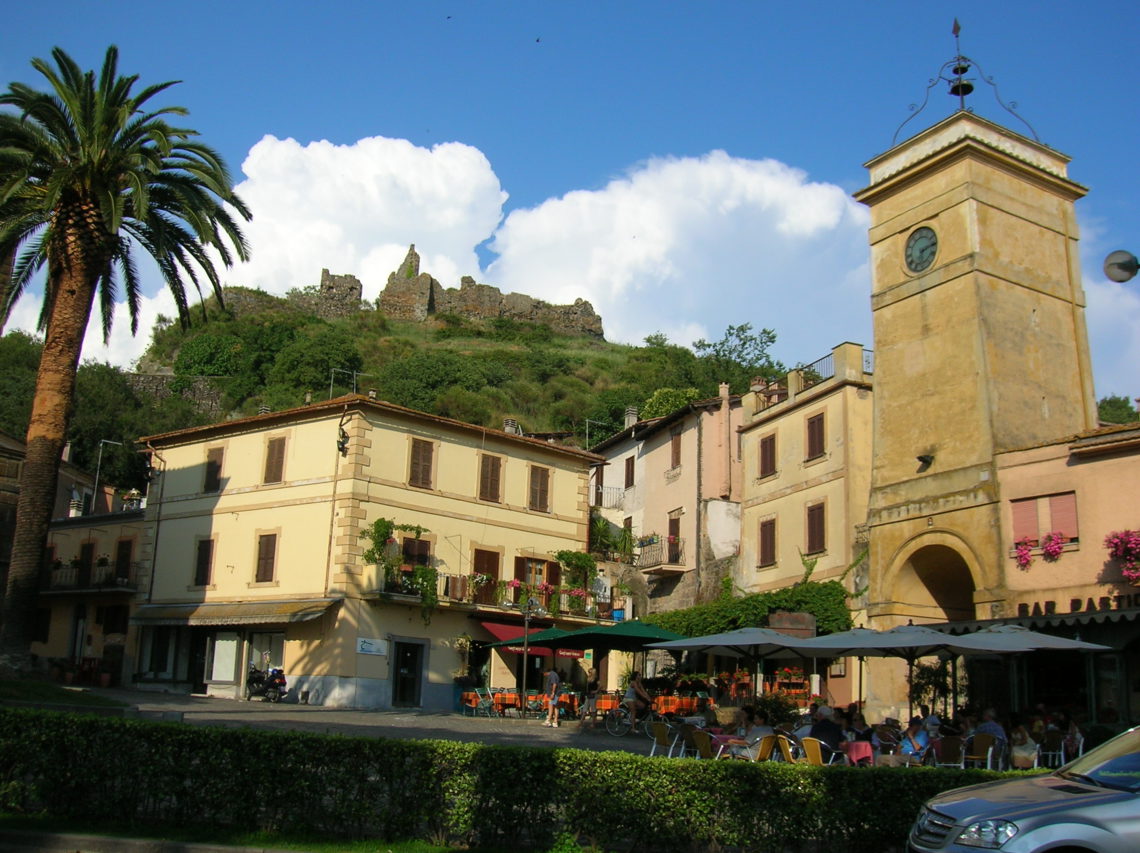
Trevignano Romana (5km)
While it’s now a popular getaway destination among hip Romans, it has a history that stretches back to antiquity. Trevignano’s historic center sits right on the shore with a tree-lined promenade. Along the lake you’ll find attractive outdoor cafes, pastry shops and tempting restaurants.
We hope to make you feel at home away from your home.
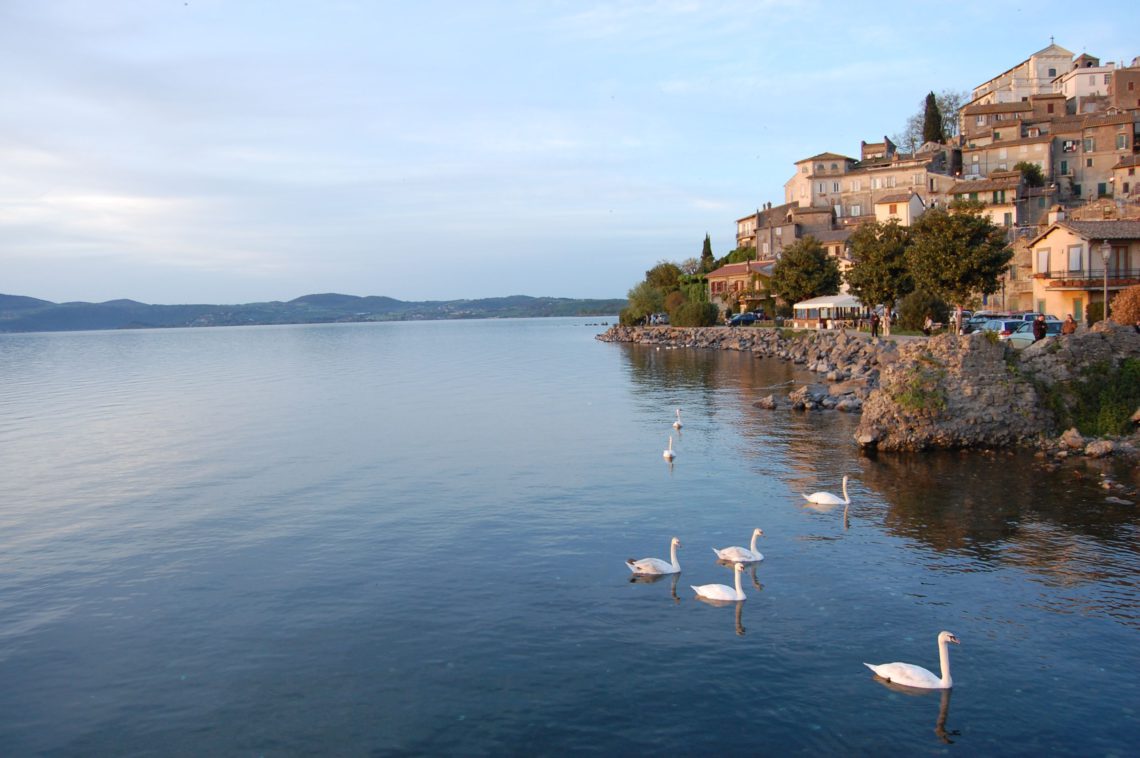
Lago Di Bracciano – 5 km
The volcanic crater lake is rimmed with low hills, woods and charming, medieval towns that sit right at its shoreline. The water of the lake is excellently clean, thanks to environmental initiatives to keep it free from pollution; no motorboats are allowed.
The lake has served as a spa area since Roman Empire, an aqueduct was built in the 1600s to carry water to the Vatican. There are hot springs in the area, swimming in the lake and water sports such as canoeing, windsurfing and pedal boats.
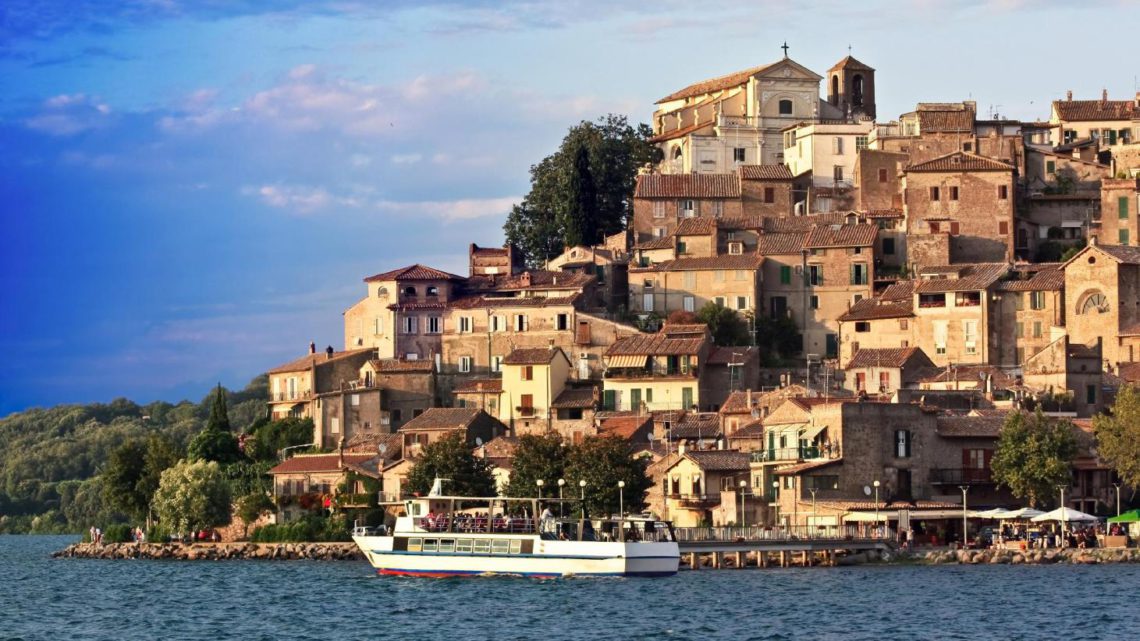
Anguillara – 10 km
This fascinating town got the name from an ancient Roman family called ‘Angularia’. Anguillara has kept its medieval architecture. The access is preserved by a 16th-century door You can climb the charming little street up to the Church della Collegiata. On your walk up you will see the ‘Fontana delle Anguille’, the 16th-century Palazzo Baronale that now seats the town hall. A graded ramp leads to the Church dell’Assunta, which preserves a ‘Madonna con Bambino’ . Anguillara also has a nice and calm ‘plage’ with some new trendy bars.
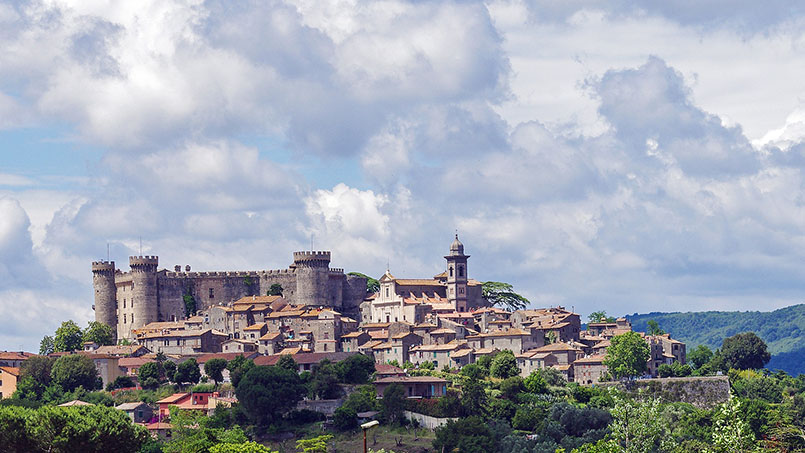
Bracciano – 18 km
Hill above the south-western shores of Lago di Bracciano. The Castello Odescalchi where fairytale weddings are organized (Tom Cruise and Katie Holmes) is worth exploring. Series such as ‘The Medici, master of Florence’ have been filmed at location.
Piazza IV Novembre, is a pleasant slow-tempo place to sit where local residents pass their free time. Inside the Church of St Liberato you can find an 11th-century bell-tower.
Lazio offers everything from sea & nature to good food and lovely villages rich in history and art.
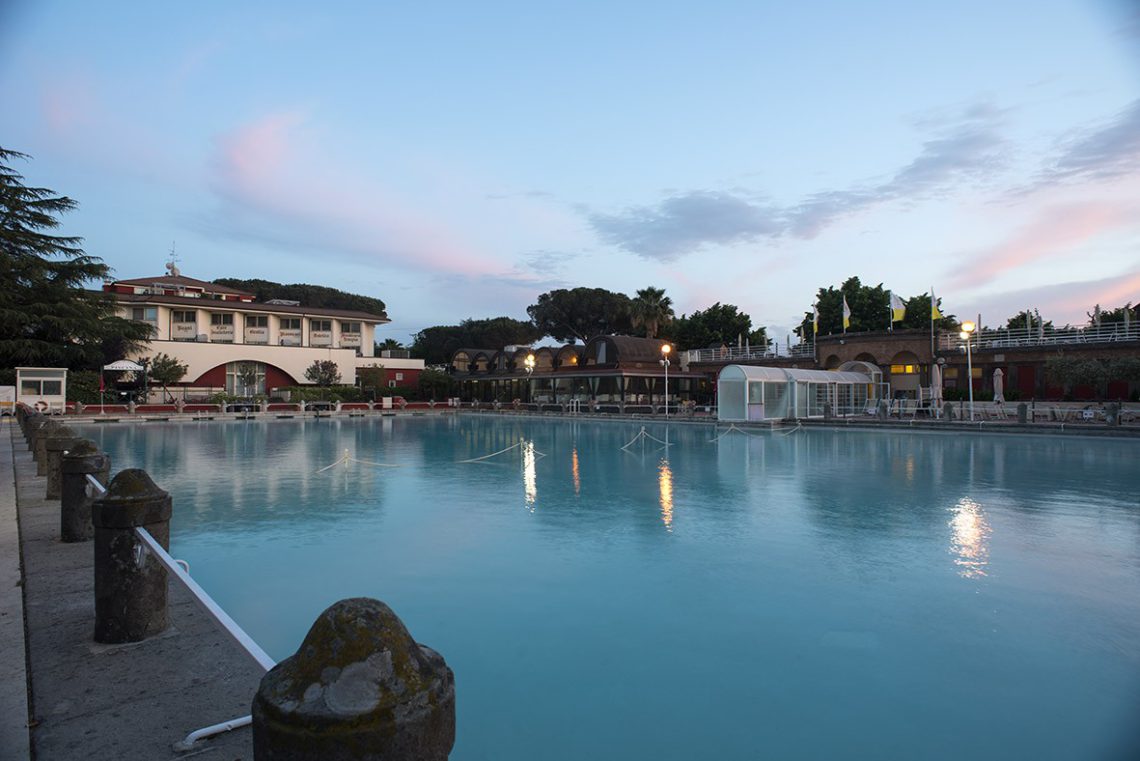
Terme de Papi – 45 km
The Etruscan town of Surrena, today known as Viterbo, was built on the slopes of Duomo hill and one of its streets wound its way towards Piano dei Bagni, where thermal waters were being used for therapeutic and other uses. The baths were named after the population which had first discovered them, and until the end of the Roman Empire, they were referred to as the ‘Terme Etrusche’
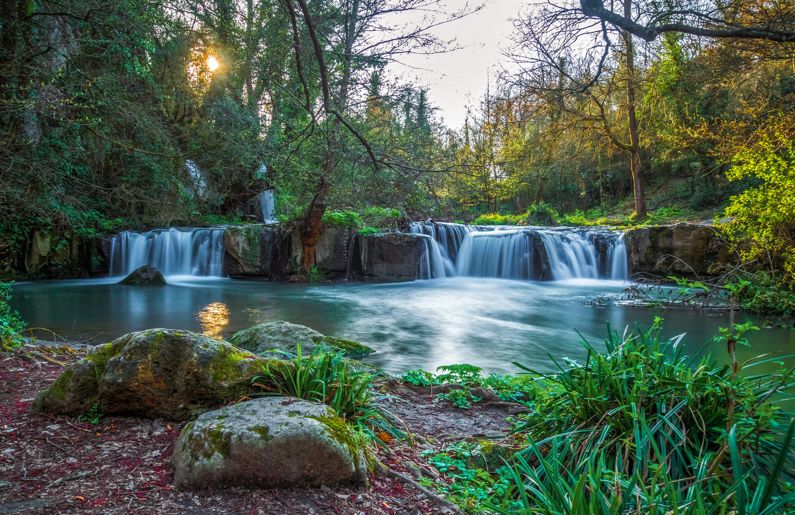
Cascate di Monte Gelato – 15 km
An almost unknown river, right tributary of the Tiber. A shady and green landscape, where the waters have dug in volcanic tuffs deep ravines and branched. The villages of Calcata and Mazzano Romano, two microcosms which look out on tiptoe. singular protected area, in the panorama while various of Lazio parks.
The Treja is a modest stream that rises from the Sabatini mountains and merged into the Tiber at Civita Castellana.
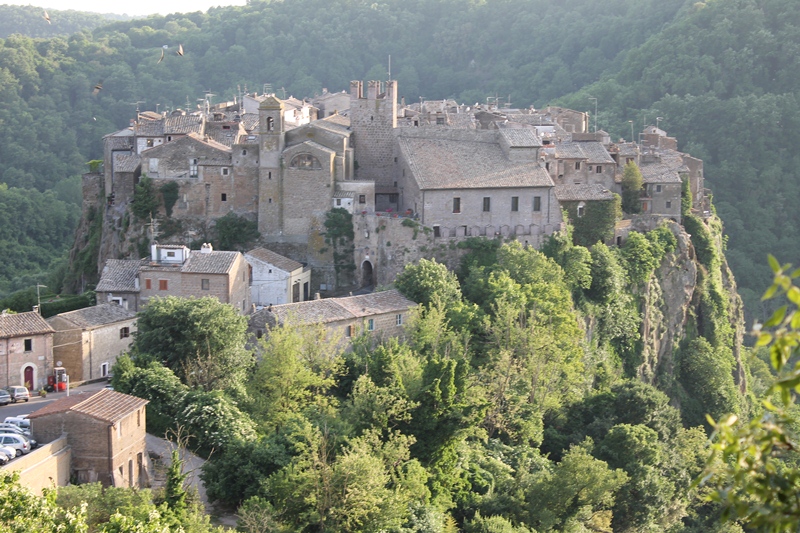
Calcata Vecchia – 21 km
On a mountain of tufa rock from which it dominates the valley of the river Treja. According to legends in Calcata, in 1527 was captured a lanzichenecco who had taken part in the Sack of Rome and plundered the Holy of Holies of San Giovanni in Laterano. The village is accessed from the single door that opens on the walls and close to it there are the remains of the temple falisco of Monte Li Saints
